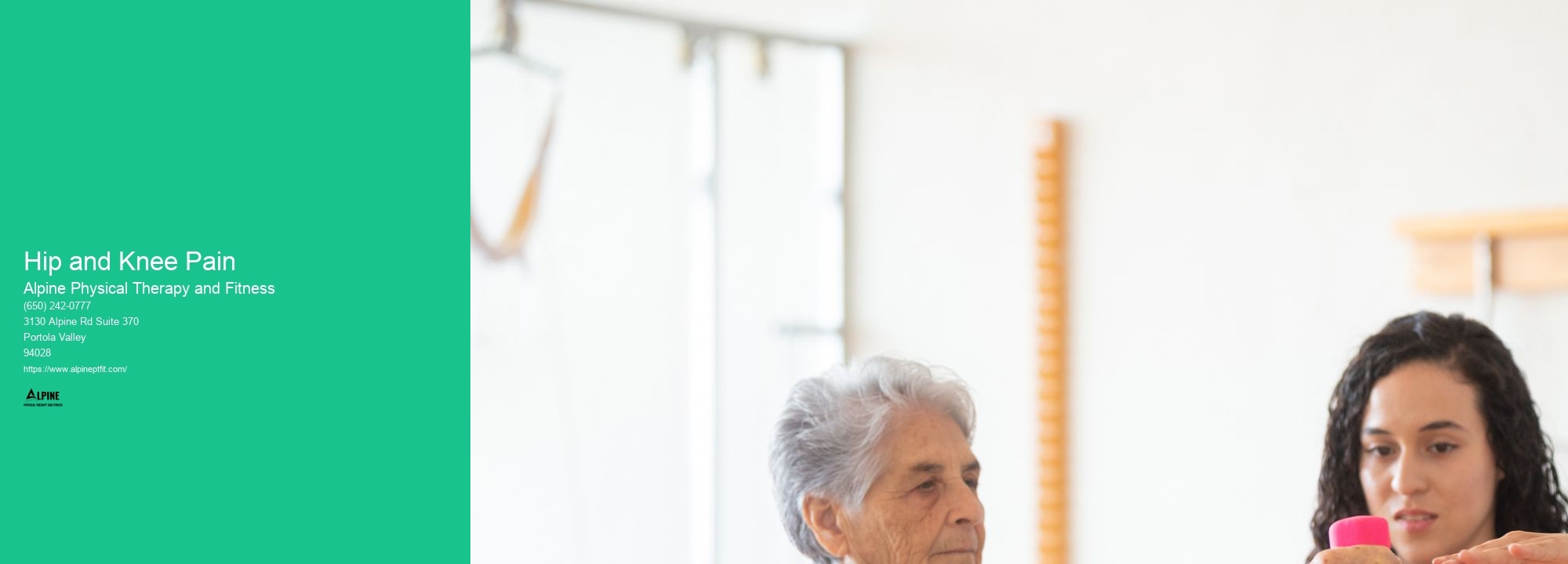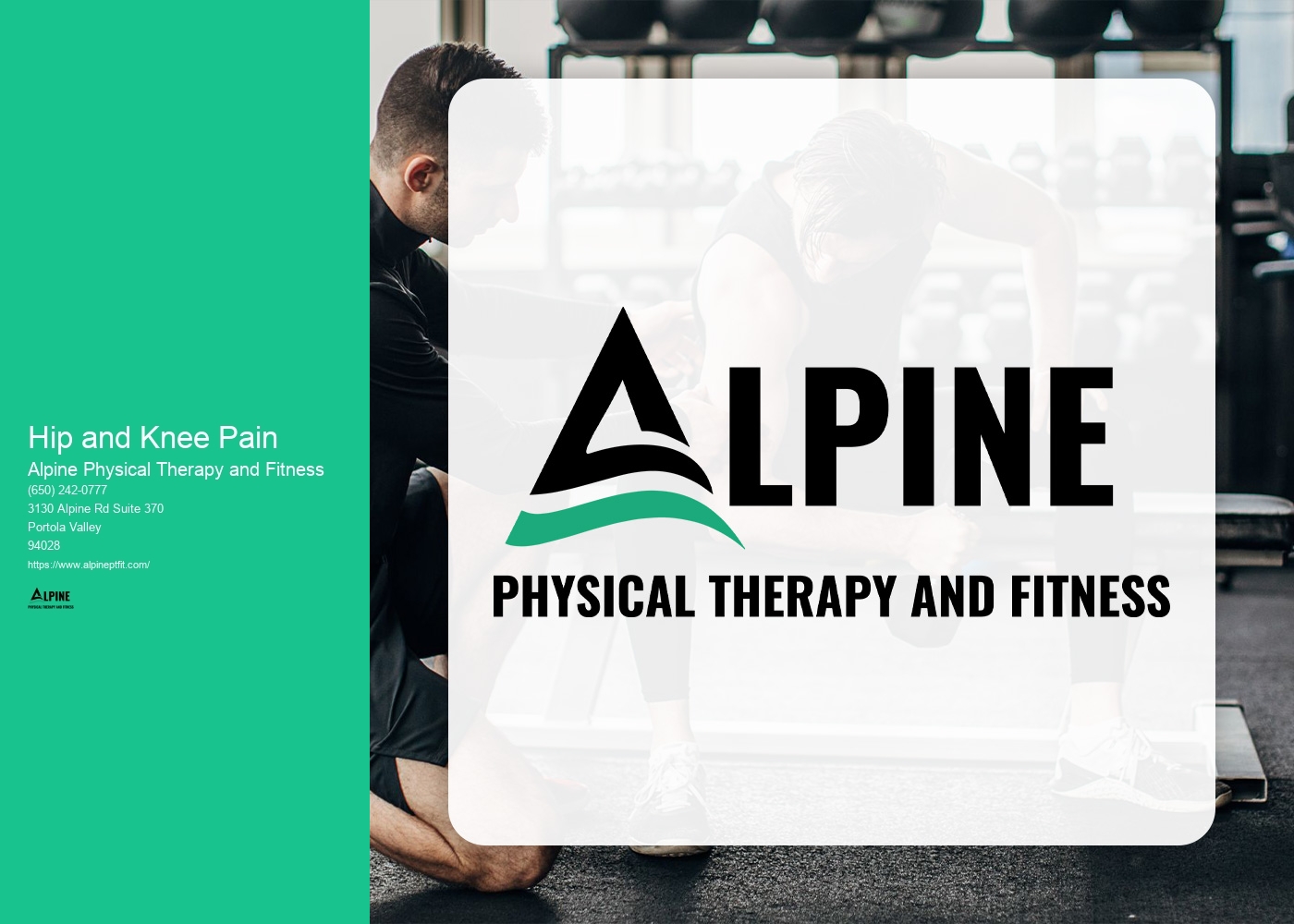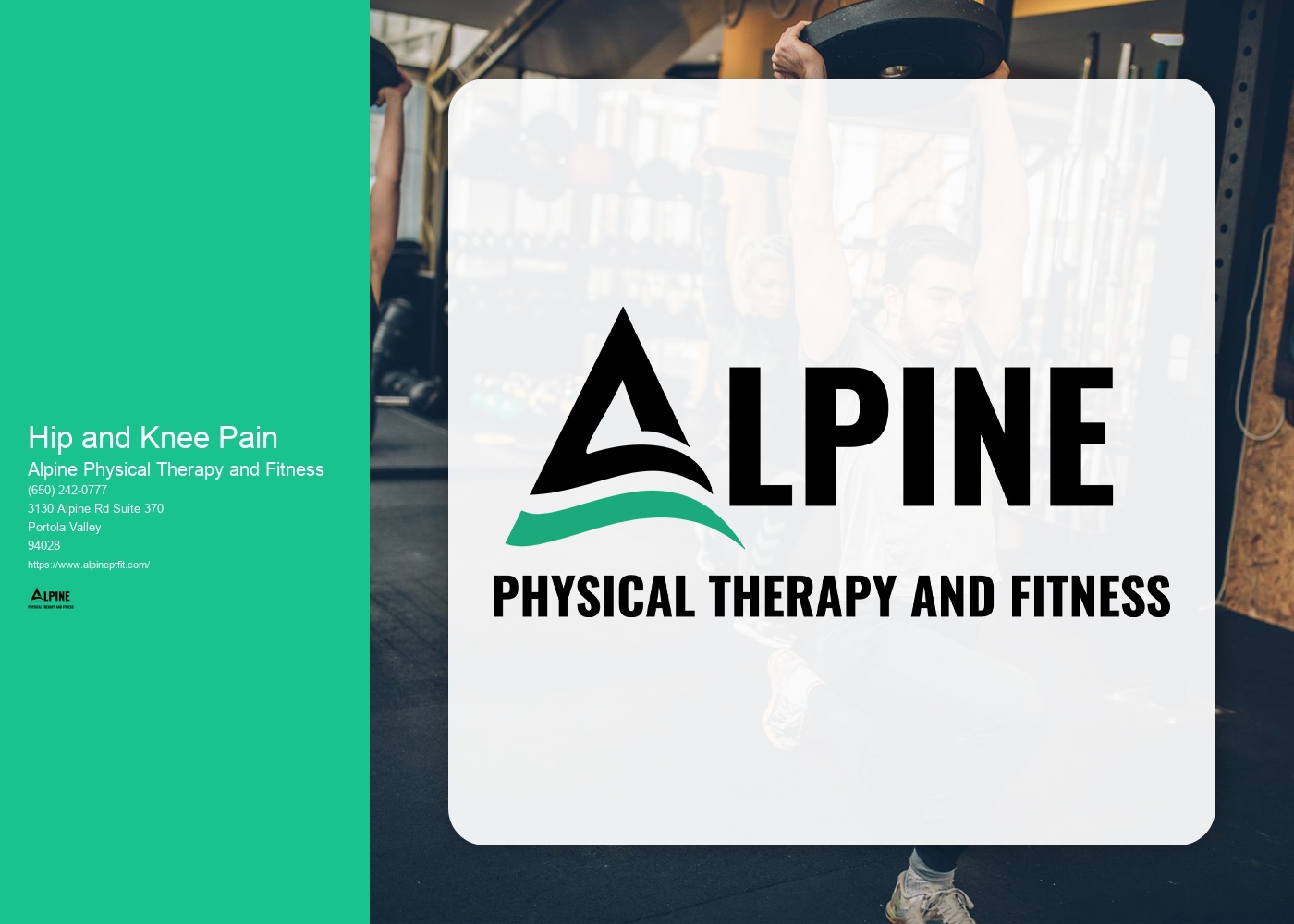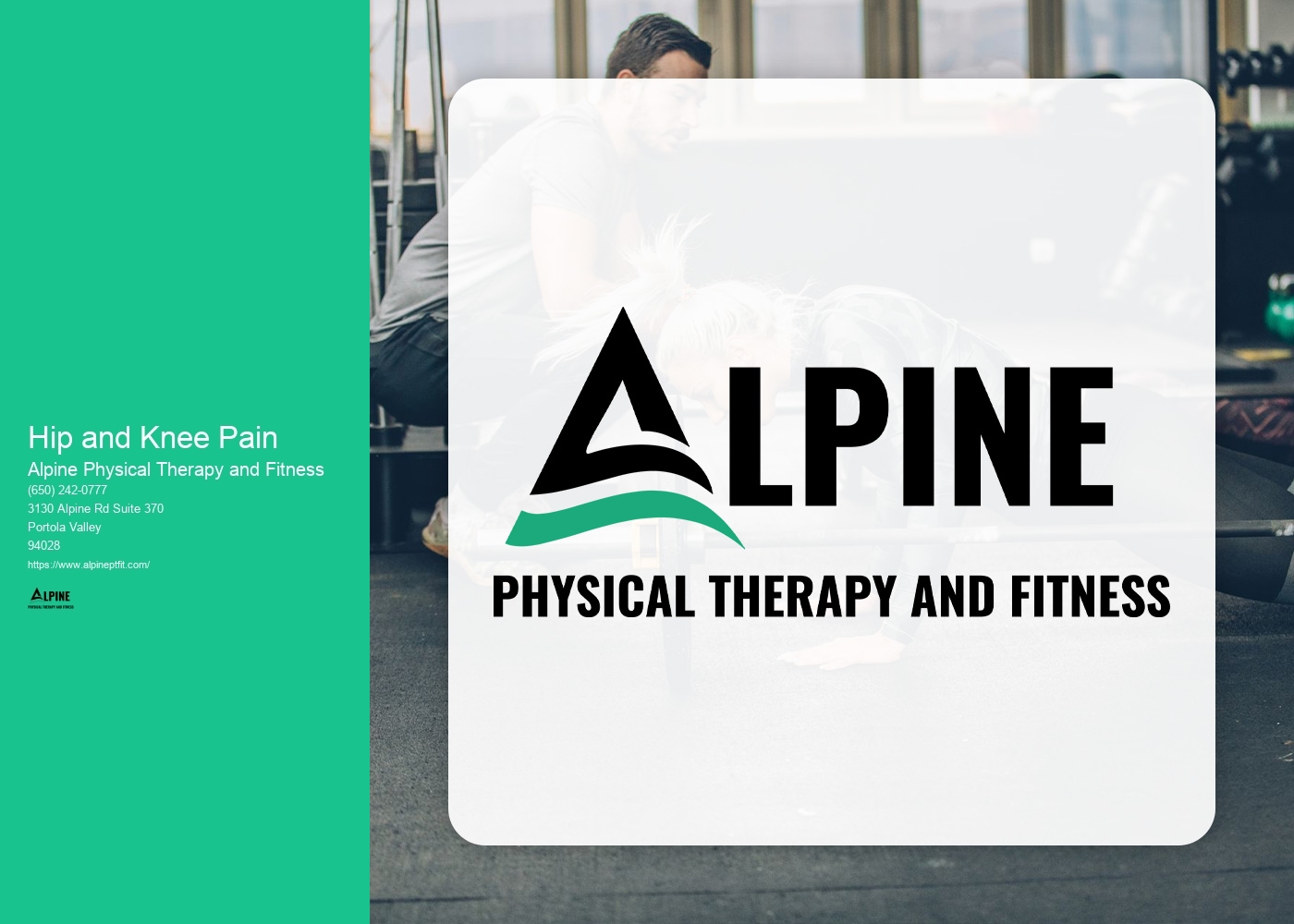

Hip and knee pain can have various causes, including injury, overuse, arthritis, and structural abnormalities. Injuries such as fractures, dislocations, and sprains can lead to hip and knee pain. Overuse injuries, such as tendinitis or bursitis, can occur from repetitive activities or excessive strain on the joints. Arthritis, including osteoarthritis and rheumatoid arthritis, can cause inflammation and degeneration of the hip and knee joints. Structural abnormalities, such as hip dysplasia or misalignment of the knee, can also contribute to pain in these areas.
Differentiating between hip pain and knee pain can be done by considering the location and nature of the pain. Hip pain is typically felt in the groin area, outer buttock, or front of the thigh. It may also radiate to the knee. Knee pain, on the other hand, is usually localized to the knee joint itself and may be accompanied by swelling or instability. Additionally, hip pain is often worsened by weight-bearing activities such as walking or standing, while knee pain may be aggravated by bending or straightening the knee.
Non-surgical treatment options for hip and knee pain include physical therapy, pain medication, lifestyle modifications, and assistive devices. Physical therapy can help strengthen the muscles around the hip and knee joints, improve flexibility, and reduce pain. Pain medication, such as nonsteroidal anti-inflammatory drugs (NSAIDs), can help alleviate pain and reduce inflammation. Lifestyle modifications, such as weight loss and avoiding activities that exacerbate pain, can also be beneficial. Assistive devices like canes or braces may provide support and reduce stress on the joints.

There are several exercises and stretches that can help alleviate hip and knee pain. For hip pain, exercises that focus on strengthening the hip muscles, such as hip abductions and hip extensions, can be beneficial. Stretching exercises that target the hip flexors and gluteal muscles can also help relieve tension. For knee pain, exercises that strengthen the quadriceps muscles, such as leg extensions and squats, can provide support to the knee joint. Stretching exercises that target the hamstrings and calf muscles can also help improve flexibility and reduce knee pain.
Surgery for hip or knee pain may be considered when non-surgical treatments have failed to provide relief or when there is significant joint damage. In the case of hip pain, surgical options may include hip replacement or hip resurfacing. Knee pain may be treated with procedures such as knee arthroscopy, partial knee replacement, or total knee replacement. The decision to undergo surgery is typically made in consultation with a healthcare professional, taking into account factors such as the severity of pain, functional limitations, and overall health.

As with any surgical procedure, there are potential risks and complications associated with hip and knee surgery. These can include infection, blood clots, nerve damage, and implant failure. It is important to discuss these risks with your healthcare provider and follow all pre- and post-operative instructions to minimize the likelihood of complications. Rehabilitation and physical therapy are typically recommended after surgery to aid in recovery and optimize outcomes.
To prevent hip and knee pain in the future, there are several lifestyle changes and modifications that can be made. Maintaining a healthy weight can help reduce stress on the joints. Engaging in regular exercise, such as low-impact activities like swimming or cycling, can help strengthen the muscles around the hip and knee joints. Wearing appropriate footwear and using proper body mechanics during activities can also help prevent injury. Additionally, avoiding repetitive or excessive strain on the joints and taking breaks when needed can help prevent overuse injuries.

Physical therapy plays a crucial role in stroke rehabilitation by helping individuals regain their mobility, strength, and independence. Through a combination of exercises, stretches, and specialized techniques, physical therapists work to improve motor function, balance, coordination, and range of motion. They also focus on addressing any muscle weakness or spasticity that may have resulted from the stroke. Additionally, physical therapy can help manage pain, prevent complications such as contractures or pressure sores, and enhance overall cardiovascular fitness. By tailoring treatment plans to the specific needs and abilities of each patient, physical therapists play a vital role in promoting recovery and maximizing functional outcomes following a stroke.
Aquatic therapy, also known as water therapy or hydrotherapy, has been found to be beneficial for individuals with chronic pain conditions. The buoyancy of water helps to reduce the impact on joints and muscles, providing a low-impact environment for exercise and movement. This can be particularly helpful for individuals with conditions such as arthritis, fibromyalgia, or chronic back pain. The resistance of the water also allows for gentle strengthening and stretching exercises, promoting improved flexibility and range of motion. Additionally, the warmth of the water can help to relax muscles and alleviate pain. Overall, aquatic therapy offers a unique and effective approach to managing chronic pain, providing individuals with a safe and therapeutic environment to improve their physical well-being.
Individuals with patellar tendinopathy are recommended to engage in a variety of exercises that target the quadriceps and surrounding muscles. These exercises may include eccentric exercises, such as the decline squat or the single-leg squat, which focus on lengthening the muscle while under tension. Isometric exercises, such as the wall sit or the static lunge, can also be beneficial in strengthening the muscles without causing excessive strain on the tendon. Additionally, exercises that improve balance and stability, such as the single-leg balance or the step-up exercise, can help to reduce the risk of further injury. It is important for individuals with patellar tendinopathy to work with a qualified healthcare professional or physical therapist to develop a personalized exercise program that takes into account their specific needs and limitations.
Yes, physical therapy can be an effective non-surgical treatment option for carpal tunnel syndrome. Physical therapists use a variety of techniques to address the symptoms and underlying causes of carpal tunnel syndrome. These may include manual therapy, such as joint mobilization and soft tissue mobilization, to improve the mobility and function of the affected wrist and hand. They may also prescribe specific exercises to strengthen the muscles in the hand and forearm, as well as stretches to improve flexibility. Additionally, physical therapists may use modalities such as ultrasound or electrical stimulation to reduce pain and inflammation. By addressing the root causes of carpal tunnel syndrome and improving the overall function of the hand and wrist, physical therapy can help alleviate symptoms and avoid the need for surgery in many cases.